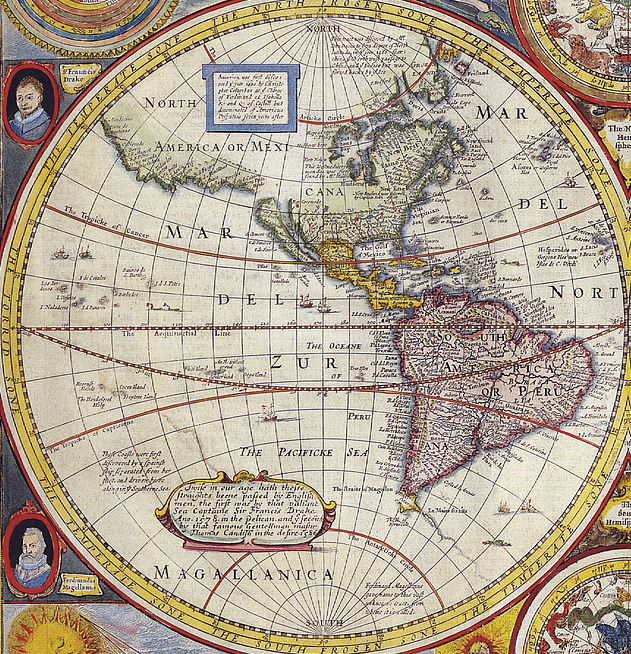In yesterday’s post, I talked about how new tools need to be coupled with practices to facilitate exploration. And I wanted to explore more (heh) about what’s required. The metaphor is old style exploration, and the requirements to succeed. Without any value judgment on the motivations that drove this exploitation, er, exploration ;). I’m breaking it up into tools, communication, and support.
Tools
 So, one of the first requirements was to have the necessary tools to explore. In the old days that could include means to navigate (chronograph, compass), ways to represent learnings/discoveries (map, journal), and resources (food, shelter, transport). It was necessary to get to the edge of the map, move forward, document the outcomes, and successfully return. This hasn’t changed in concept.
So, one of the first requirements was to have the necessary tools to explore. In the old days that could include means to navigate (chronograph, compass), ways to represent learnings/discoveries (map, journal), and resources (food, shelter, transport). It was necessary to get to the edge of the map, move forward, document the outcomes, and successfully return. This hasn’t changed in concept.
So today, the tools are different, but the requirements are similar. You need to figure out what you don’t know (the edge of the map), figure out how to conduct an experiment (move forward), measure the results (document outcomes), and then use that to move on. (Fortunately, the ‘return’ part isn’t a problem so much!) The digital business platform is one, but also social media are necessary.
Communication
What happened after these expeditions was equally important. The learnings were brought back, published, and presented and shared. Presented at meetings, debates proceeded about what was learned: was this a new animal or merely a variation? Does this mean we need to change our explanations of animals, plants, geography, or culture? The writings exchanged in letters, magazines, and books explored these in more depth.
These days, we similarly need to communicate our understandings. We debate via posts and comments, and microblogs. More thought out ideas become presentations at conferences, or perhaps white papers and articles. Ultimately, we may write books to share our thinking. Of course, some of it is within the organization, whether it’s the continual dialog around a collaborative venture, or ‘show your work’ (aka work out loud).
Support
Such expeditions in the old days were logistically complex, and required considerable resources. Whether funded by governments, vested interests, or philanthropy, there was an awareness of risk and rewards. The rewards of knowledge as well as potential financial gain were sufficient to drive expeditions that ultimately spanned and opened the globe.
Similarly, there are risks and rewards in continual exploration on the part of organizations, but fortunately the risks are far less. There is still a requirement for resourcing, and this includes official support and a budget for experiments that might fail. It has to be safe to take these risks, however.
These elements need to be aligned, which is non-trivial. It requires crossing silos, in most cases, to get the elements in place including IT, HR, and operations. That’s where strategy, culture, and infrastructure can come together to create an agile, adaptive organization that can thrive in uncertainty. And isn’t that where you need to be?
Leave a Reply